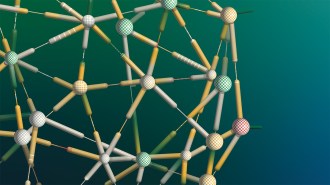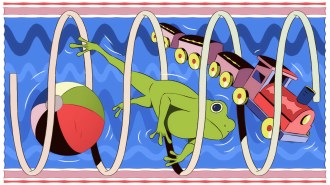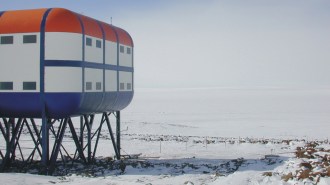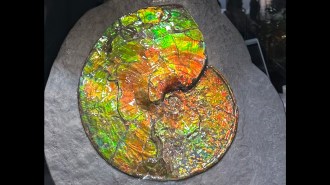Levitating plastic beads mimic the physics of spinning asteroids
Whirling clumps of particles split up like space rocks falling to pieces
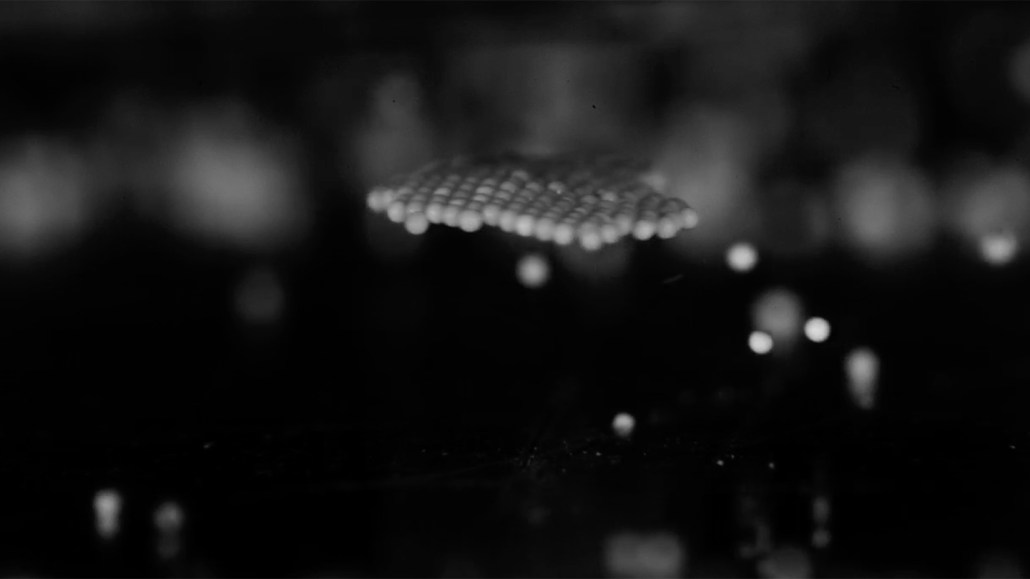
Levitated by sound waves, scores of plastic beads clump together and form loosely bound structures (one pictured) that mimic the physics of some asteroids.
M. Lim, B. VanSaders, A. Souslov, H. Jaeger
